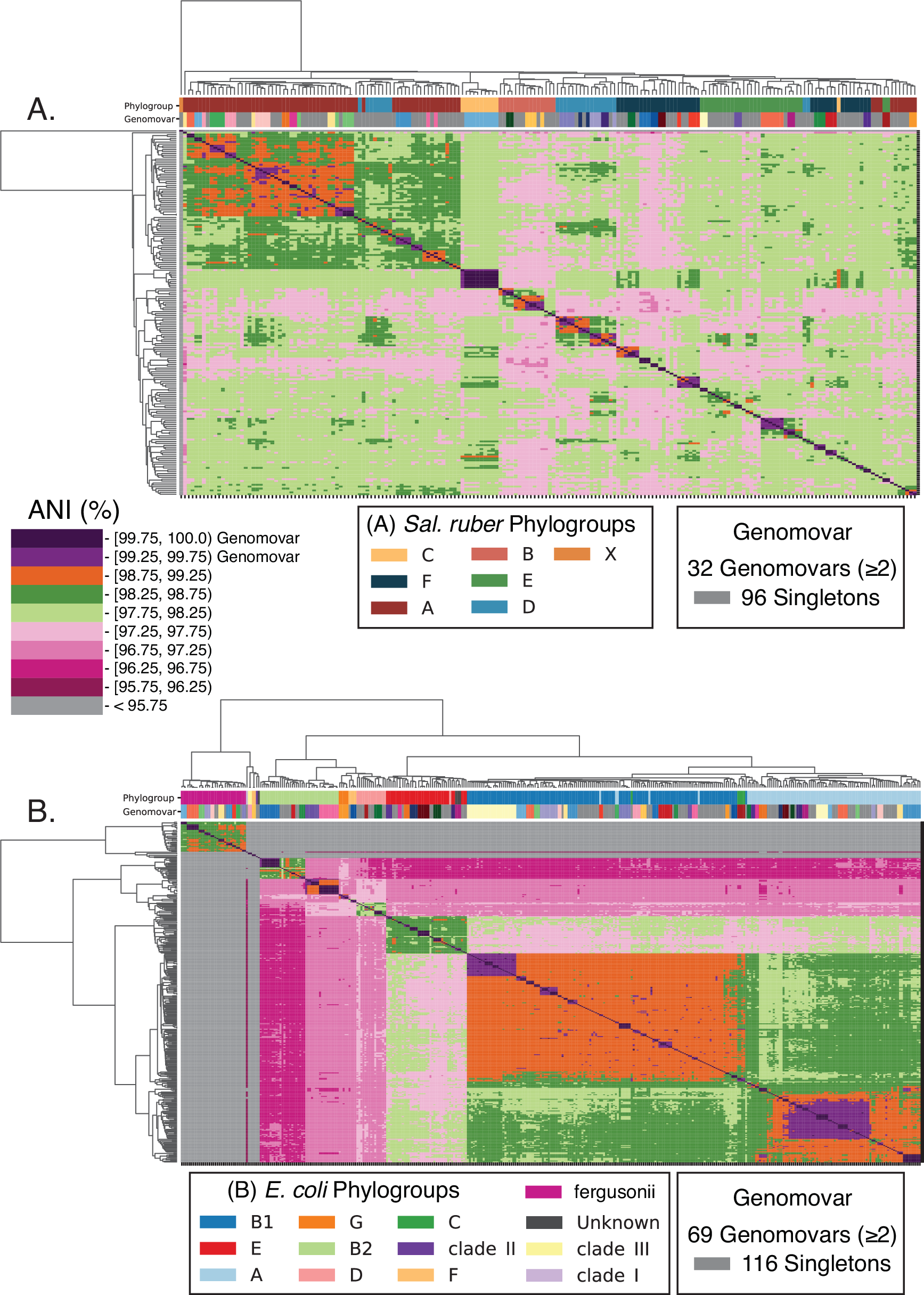2025-01-21 マックス・プランク研究所
 There are three morphs in ruffs that differ in their appearance and mating behavior. Males of the aggressive Independents (left) have more testosterone in their blood than the other two morphs (a male Satellite is seen on the right). New research shows that this difference is controlled by a single gene. © MPI for Biological Intelligence/ Axel Griesch
There are three morphs in ruffs that differ in their appearance and mating behavior. Males of the aggressive Independents (left) have more testosterone in their blood than the other two morphs (a male Satellite is seen on the right). New research shows that this difference is controlled by a single gene. © MPI for Biological Intelligence/ Axel Griesch
<関連情報>
- https://www.mpg.de/24047876/0121-psy-a-clever-strategy-for-getting-rid-of-testosterone-155111-x?c=2249
- https://www.science.org/doi/10.1126/science.adp5936
単一の遺伝子がエリマキチョウの雄の交尾形態の基礎となるアンドロゲン変異を制御する A single gene orchestrates androgen variation underlying male mating morphs in ruffs
Jasmine L. Loveland, Alex Zemella, Vladimir M. Jovanović, Gabriele Möller, […], and Clemens Küpper
Science Published:23 Jan 2025
DOI:https://doi.org/10.1126/science.adp5936
Editor’s summary
Despite the relatively straightforward reproductive systems of male and female forms in animals, mate choice within these constructs can be complex. In ruff sandpipers males come in three different morphs: showy “independents,” slightly less showy “satellites,” and female-mimicking “faeders.” Although the system has been studied for decades, it has remained unknown what generates these three distinct male forms. Loveland et al. found that changes in sequence, regulation, and structure of a single gene orchestrate the suite of hormonal and physiological changes that lead to the generation and maintenance of the morphs (see the Perspective by Rosvall). —Sacha Vignieri
Abstract
Androgens are pleiotropic and play pivotal roles in the formation and variation of sexual phenotypes. We show that differences in circulating androgens between the three male mating morphs in ruff sandpipers are linked to 17-beta hydroxysteroid dehydrogenase 2 (HSD17B2), encoded by a gene within the supergene that determines the morphs. Low-testosterone males had higher HSD17B2 expression in blood than high-testosterone males, as well as in brain areas related to social behaviors and testosterone production. Derived HSD17B2 isozymes, which are absent in high-testosterone males but preferentially expressed in low-testosterone males, converted testosterone to androstenedione faster than the ancestral isozyme. Thus, a combination of evolutionary changes in regulation, sequence, and structure of a single gene introduces endocrine variation underlying reproductive phenotypes.


